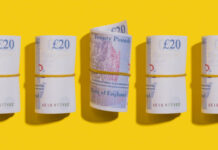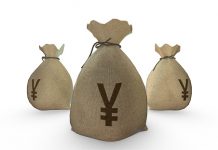- Consumer prices rose 0.4% month/month in August, slightly cooler than July’s 0.6% jump, but a little hotter than markets were expecting. Total CPI was up 1.3% year-on-year in August, continuing its acceleration from only 0.1% in May.
- Core inflation had another hotter-than-expected 0.4% month/month increase in August. That is slower than July, where the jump up was 0.6%. However, the gain was not broad based. The sharp rise in the index for used cars and trucks (+5.4% m/m) accounted for over 40 percent of the increase. This lifted core inflation on a year/year basis to 1.7%, up from 1.6% in July.
- Delving deeper into other core price changes, shelter was up a modest 0.1% month-over-month. Sharper increases were seen for recreation (+0.7% m/m), household furnishings and operations (+0.9% m/m), motor vehicle insurance(+0.5% m/m), apparel (+0.6% m/m) and airline fares (+1.2% m/m). However, three of these categories (apparel, airline fares and motor vehicle insurance) are all still lower than they were a year ago. Yet another notable was lower education prices, which decreased 0.3% in August, the first decline in its history.
- Summing it up, the recent rebounds in many goods prices have lifted core goods prices into positive territory on a year-on-year (+0.4% y/y) basis for the first time since December. However, core services are up only 2.2% year-on-year, down from 3.1% in February.
- Energy prices rose 0.9% on the month in August. That is a much more modest increase than in the prior two months. Energy prices remain 9% lower than a year ago. Prices at the pump were 16.8% below year ago levels.
- Food price inflation was modest in August (+0.1% m/m). Prices at grocery stores fell slightly (-0.1% m/m), although consumers are still paying 4.6% more for a basket of groceries than they were last August. Looking across the major categories reported by the BLS, that is the second highest pace of inflation after medical care services (+5.3% y/y).
- In-person data collection continued to be suspended by the Bureau of Labor Statistics in August. Response rates remain lower than they were a year ago, but improved slightly from the July rate.
Key Implications
- Another hot reading for core inflation is likely to raise some eyebrows, and the term “stagflation” is starting to get thrown around. It is likely a bit premature to talk about that. The sizeable rebounds recently are largely in categories that had big COVID-related discounts, primarily in core goods. Looking at the level of core prices it has now returned to where it would have been if the pre-virus trend of monthly price increases had continued since February. No doubt, safety protocols and social distancing requirements are raising costs for many businesses, and these are likely to be passed on to consumers in many cases, but this would be a one-time increase.
- At the same time, other key categories are seeing a loss in inflation momentum. Shelter inflation has fallen from 3.3% in February on a year-on-year basis to 2.3%. And trends in this category typically have some staying power. The last couple of months of sharp increases have really come on the goods side, services have lost momentum for the most part.
- As discussed in our report, reduced demand has dramatically lowered inflation pressures. This is why the Federal Reserve acted decisively early in the crisis to stave off the risk of a deflation trap. Data through the summer provides evidence that some of these deflationary forces have ebbed. Still, some of the more persistent categories in inflation, namely shelter, continued to cool. On net, we expect inflation to remain muted over the next couple of years.















